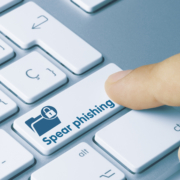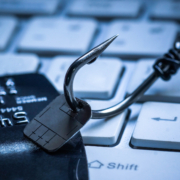Understanding Cyber Essentials: A Guide for Australian Businesses
Cyber threats are a big concern for businesses. Protecting sensitive data is crucial. Cyber Essentials is a framework designed to help businesses boost their security. Compliance with Cyber Essentials reduces the risk of cyber attacks.
Every business, big or small, can benefit from following Cyber Essentials. It offers simple, effective guidelines on how to protect against common threats. By understanding and implementing these measures, businesses can safeguard their operations. This enhances their reputation and builds customer trust.
Australia faces a growing number of cyber attacks. This makes Cyber Essentials more important than ever. Businesses that comply with these guidelines show they take security seriously. This not only protects data but also gives a competitive edge. By adopting Cyber Essentials, businesses can create a safer digital environment.
What is Cyber Essentials?
Definition and Purpose: Cyber Essentials is a framework designed to help businesses protect themselves from common cyber threats. It provides clear guidelines on implementing basic security measures. The main goal is to make sure that businesses have essential protections in place. This helps prevent attacks and secures data from theft or damage.
The Role in Enhancing Cybersecurity: By following Cyber Essentials, businesses improve their overall security posture. The framework focuses on five key areas: securing internet connections, controlling access to data, protecting against viruses, maintaining secure settings, and updating software regularly. These measures make it harder for attackers to cause harm. Adopting Cyber Essentials reduces the risk of breaches and disruptions. It also helps businesses respond more effectively if an attack occurs.
Why Compliance Matters for Australian Businesses
Legal and Business Reasons: Compliance with Cyber Essentials is important for several reasons. There are legal obligations to protect customer data and avoid breaches. Failure to comply can lead to fines and legal actions. Compliance also shows that a business takes data protection seriously. This is crucial for meeting industry standards and regulations. It also helps to fulfil contractual obligations with partners and clients.
Impact on Trust and Reputation: A business that complies with Cyber Essentials builds trust with customers and partners. People are more likely to work with companies that protect their data. This improves the business’s reputation and can attract new clients.
Conversely, a data breach can damage trust and harm the business’s image. Compliance demonstrates a commitment to security and responsible data handling. This can set a business apart from competitors and create long-term benefits.
Core Principles of Cyber Essentials
Overview of the Main Principles: Cyber Essentials focuses on five key principles to enhance security. First, it emphasises securing internet connections by using firewalls. Next, it highlights the importance of controlling who has access to your data. Third, it addresses the need to protect against malware by installing antivirus software. Fourth, it mandates the importance of keeping devices and software updated. Finally, it ensures that secure configurations are maintained on all company devices. By following these principles, businesses can protect against the most common cyber threats.
Benefits to Businesses: There are many benefits to adopting the principles of Cyber Essentials. These measures help prevent data breaches, which can save businesses money and protect their reputation. Implementing these steps can reduce downtime caused by cyber incidents. It also shows customers and partners that the business takes security seriously, improving trust and credibility. Additionally, staying compliant can simplify meeting other regulatory requirements. Overall, Cyber Essentials makes it easier for businesses to manage their cybersecurity efforts effectively.
The Australian Cybersecurity Landscape
Current Trends and Common Threats: The cybersecurity landscape in Australia is always changing. Businesses face many threats, including phishing attacks, ransomware, and hacking. These threats can have devastating effects, leading to financial losses and data breaches. Cybercriminals are using more advanced technologies to carry out attacks, making it harder for businesses to protect their data. Staying informed about these trends can help businesses prepare and defend against potential threats.
Importance of Compliance in This Context: Compliance with Cyber Essentials becomes even more important given the current landscape. By following the framework, businesses can defend themselves against the most common cyber threats. This not only protects their own data but also the information of their customers and partners. In Australia, where cyber attacks are on the rise, compliance with Cyber Essentials is a proactive step towards better security. It shows a commitment to maintaining a safe and secure business environment.
Conclusion
Cyber Essentials is crucial for Australian businesses aiming to protect themselves from cyber threats. By understanding what Cyber Essentials is and why compliance matters, businesses can enhance their cybersecurity measures. The core principles provide a solid foundation for improving security and building trust.
Given the current cybersecurity landscape in Australia, adopting these measures is more important than ever. Businesses that comply with Cyber Essentials can safeguard their data, maintain operations, and show their commitment to security.
At RealBytes, we’re here to help you implement these essential security measures. Contact us to learn more about how we can help your business achieve Cyber Essentials compliance.












